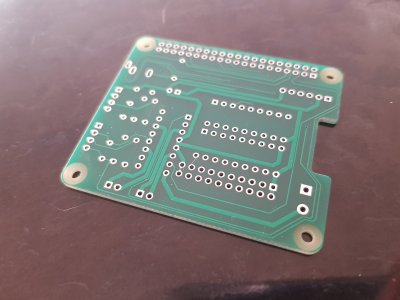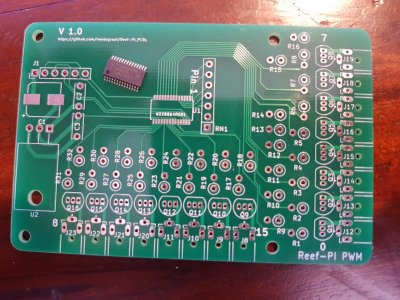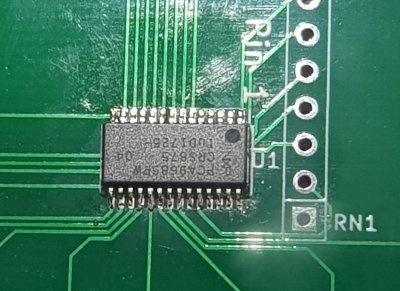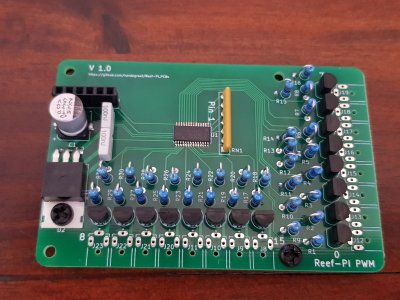- Joined
- May 23, 2018
- Messages
- 182
- Reaction score
- 421
1) Yes that Reef-PI_HAT board is ok!Sorry I misunderstood which connection you wanted me to check on the I2C, I can definitely confirm that I have a connection to ground on pin6.
I have uploaded a picture of one of my spare boards just to confirm this with you.

I removed the ULN chips and put a jumper wire in the sockets as you described.
The relay does work in normal and reversed mode!
After this, I tried a brand new ULN chip but then the relay does not work again. You must be right in saying that my relay board does not like the ULN chips.
Do you think there is an alternative solution to getting the chips working with the board or will I need to buy different boards?
2) Good to hear it worked with the short cut. For your reference, this is the schematic for your relay board:
In 'your' relay board the relay must be activated by putting an active 5V signal from the bottom. I think that if you connect the relay board with the HAT, you will see the power led on the relay board to go on (normal GND/5V power from the HAT), but you will never see the LED's from the relays to turn on. So it looks like the ULN doesn't drive the 5V (that's what I still have to look into).
This is the design from the working relay boards:
Basically the ULN 'tears down' the voltage on IN1 and then activates the relay. What I don't understand is how this can work without the GND connected to the relay board, but in fact it does.
I'm not an expert on relays here, but in my view your present relay board has limited protection from spikes generated by the coil in the relay while switching.
Will need to better understand the functionality of the ULN2803 chip (just copied the fritzing design) in order to understand if there is a way to generate a 5V output but I'm afraid it can't.






















